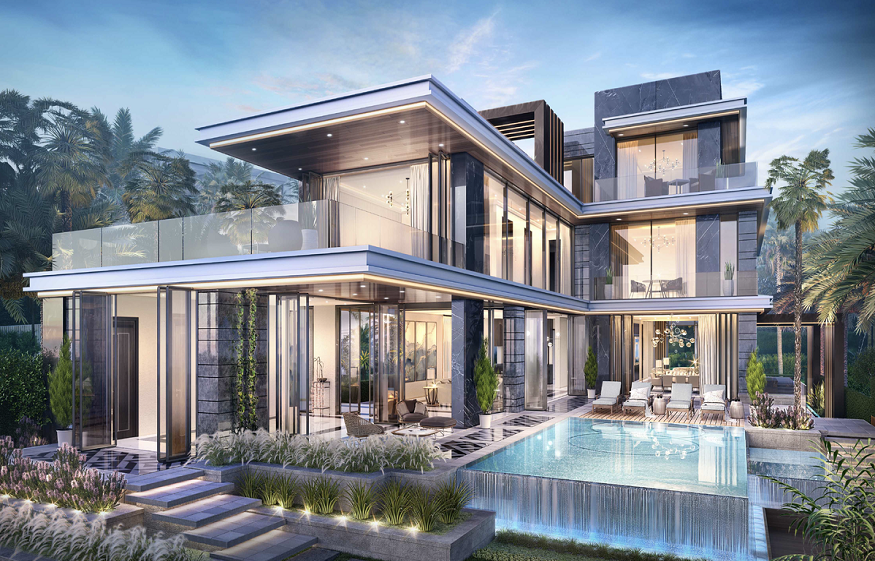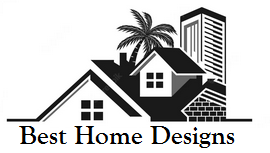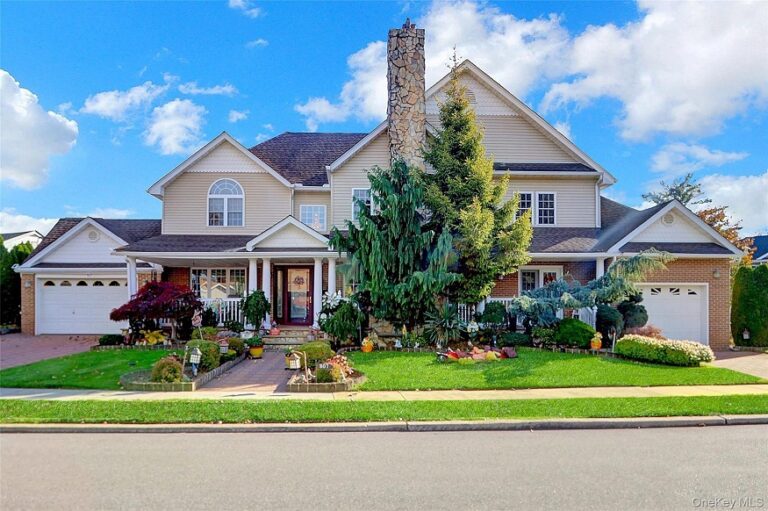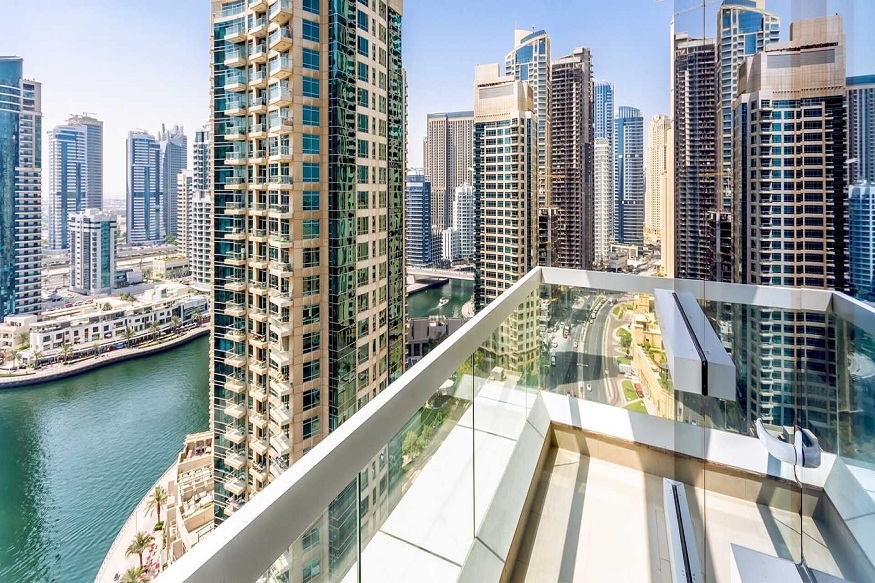
Dubai is a city that often makes global headlines for its futuristic architecture, groundbreaking infrastructure, and record-breaking developments. Yet beneath the glittering skyline lies a deep respect for cultural heritage and traditions that date back centuries. In recent years, city planners and developers have made a conscious effort to blend this heritage with modern community planning. The result is a city that not only appeals to international investors but also preserves its cultural identity for future generations.
This balance between old and new is particularly visible in residential communities. While ultra-modern towers and master-planned neighborhoods dominate the real estate market, there is also a growing emphasis on developments that incorporate traditional design, Arabic architecture, and cultural themes. This approach is one of the reasons luxury property in Dubai continues to attract buyers worldwide. Investors and homeowners are drawn to communities where modern comforts meet timeless heritage, offering both lifestyle value and long-term investment appeal.
Architectural Harmony: Tradition Meets Innovation
Dubai’s developers have mastered the art of combining cutting-edge architectural design with elements of Emirati heritage. For example, many new projects feature wind towers, shaded courtyards, and intricate mashrabiya patterns — design details inspired by traditional Gulf homes. These touches create a sense of place that goes beyond luxury living, giving communities an authentic cultural identity.
Neighborhoods like Al Fahidi District showcase preserved historic architecture, while newer areas such as Madinat Jumeirah Living borrow heavily from Arabic design but offer all the modern amenities residents expect. This careful blend ensures that communities resonate with both local and international audiences.
Community Planning with a Cultural Lens
Dubai’s approach to community planning goes beyond buildings. Public spaces, parks, and recreational facilities are designed to encourage social interaction, reflecting the strong sense of community found in traditional Emirati culture. Souks, promenades, and waterfront areas are increasingly incorporated into new developments, bringing back the social vibrancy of older neighborhoods.
By placing equal emphasis on lifestyle and culture, Dubai creates communities that feel alive and inclusive. For families and professionals, this offers the best of both worlds — modern infrastructure alongside cultural experiences that enrich daily living.
The Role of Heritage in Lifestyle Appeal
Many international buyers are surprised to find how seamlessly Dubai integrates heritage into daily life. Whether it’s through traditional art displays, cultural festivals, or heritage-inspired retail areas, new communities are designed to feel more than just residential spaces. They function as hubs of culture, entertainment, and identity.
This approach makes communities more appealing to families seeking a deeper connection with the city. It also boosts the value of properties, as buyers increasingly prefer locations that offer unique cultural character rather than generic designs.
Sustainability with a Cultural Twist
Sustainability is another area where heritage meets modern planning. Traditional Emirati architecture was designed with natural cooling techniques such as wind towers and shaded pathways, reducing reliance on artificial cooling systems. Many modern projects in Dubai are now reintroducing these ideas, integrating heritage-inspired designs with advanced green technologies.
By doing so, developers not only honor the past but also create environmentally responsible communities that align with Dubai’s sustainability goals. For residents, this means healthier living spaces and reduced energy costs without compromising on comfort.
Case Studies: Where Old Meets New
Several flagship projects highlight this unique blend of heritage and modernity.
- Madinat Jumeirah Living offers contemporary apartments inspired by traditional Arabic architecture, located near one of Dubai’s most iconic cultural landmarks.
- Al Seef along Dubai Creek revives historic waterfront charm while adding boutique hotels, cafes, and shops that cater to modern lifestyles.
- The Dubai Creek Harbour area pays tribute to the city’s pearl diving heritage while introducing futuristic skyscrapers and eco-friendly design.
These communities not only enhance Dubai’s cultural fabric but also serve as prime investment destinations, proving that heritage and progress can thrive together.
Global Appeal and Investment Value
Blending heritage with modern planning has also positioned Dubai as a unique global city. Investors are increasingly attracted to developments that offer more than just luxury — they want properties that embody culture, identity, and long-term value. Communities that successfully merge tradition with innovation stand out in a highly competitive global property market.
This is one reason Dubai remains a top choice for both residents and international investors. The city is not only forward-looking but also deeply rooted in its traditions, making it a compelling destination for those who want both luxury and authenticity.
Final Thoughts
Dubai’s success lies in its ability to innovate without losing touch with its roots. By blending heritage with modern community planning, the city creates neighborhoods that feel authentic, sustainable, and inclusive. This unique approach enhances the appeal of its real estate market, where every development tells a story of tradition meeting progress.
For buyers, residents, and investors, this means more than just a home — it’s a lifestyle that connects the past with the future. Whether through heritage-inspired architecture, community design, or cultural integration, Dubai continues to prove that its identity is as valuable as its innovation.




